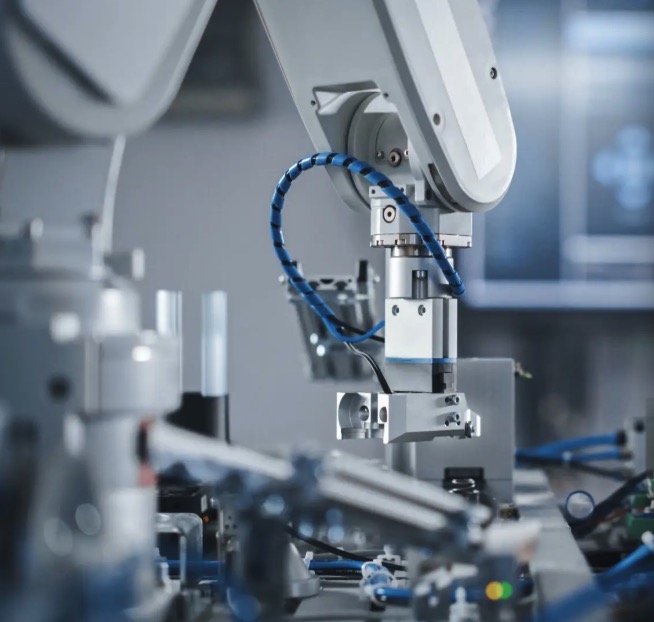Digital Temp Sensor: Monitoring Temperature with Precision and Ease
Abstract: In this article, we will delve into the world of digital temperature sensors and explore their importance in various applications. Whether you are a tech enthusiast or an engineer seeking accurate temperature measurements, understanding the fundamentals of digital temp sensors is crucial. From its working principles to practical implementation, we will cover it all. So, let’s embark on this journey!
1. Introduction
Temperature measurement plays a vital role in numerous industries, including healthcare, manufacturing, and meteorology. An accurate and reliable digital temp sensor is a game-changer in delivering precise temperature data for efficient processes and maintaining optimal conditions. Let’s explore the key aspects of digital temp sensors that make them indispensable in today’s world.
2. How Digital Temp Sensors Work
Unlike traditional analog temperature sensors, digital temp sensors utilize advanced technology to convert temperature variations into digital signals. These sensors employ integrated circuits with built-in analog-to-digital converters (ADCs) to provide accurate readings with high resolution. The signal from the sensor is then processed and transmitted to a microcontroller for further analysis and utilization.
3. Advantages of Digital Temp Sensors
Digital temp sensors offer several advantages over their analog counterparts:
- Precision: Digital temp sensors can provide temperature measurements with exceptional precision, allowing for more accurate data analysis and control.
- Easy Calibration: Unlike analog sensors, digital temp sensors can be easily calibrated, ensuring consistent and reliable readings.
- Integration: These sensors can be easily integrated into existing systems, making them a convenient choice for diverse applications.
- Flexibility: Digital temp sensors offer various output interfaces, such as I2C, SPI, and UART, enabling seamless connectivity with different devices.
- Low Power Consumption: Many digital temp sensors are designed to operate at low power, enhancing energy efficiency and prolonging battery life in portable applications.
4. Applications of Digital Temp Sensors
The versatility of digital temp sensors opens up a wide range of applications. Here are some notable examples:
- Environmental monitoring systems
- Medical devices and healthcare equipment
- Industrial automation and process control
- Smart home and HVAC systems
- Weather stations and meteorological research
5. Choosing the Right Digital Temp Sensor
When selecting a digital temp sensor for your specific application, consider the following factors:
- Temperature Range: Ensure that the sensor’s temperature range aligns with your requirements to achieve accurate readings.
- Accuracy and Resolution: Look for sensors with high accuracy and resolution specifications to meet your precision needs.
- Interface Compatibility: Check if the sensor supports the desired communication interface (I2C, SPI, etc.) for seamless integration into your system.
- Power Requirements: Evaluate the power consumption of the sensor to optimize energy efficiency and battery life.
- Package Size: Consider the physical dimensions of the sensor to ensure it fits within your device or setup.
6. Conclusion
As we conclude our exploration of digital temp sensors, it is evident that these devices have revolutionized temperature monitoring. Their precision, ease of use, and diverse applications make them indispensable in various industries. By understanding the principles behind digital temp sensors and selecting the right one for your needs, you can harness their power to optimize processes, improve accuracy, and ensure optimal conditions. So, embrace this technology and unlock a world of possibilities!




